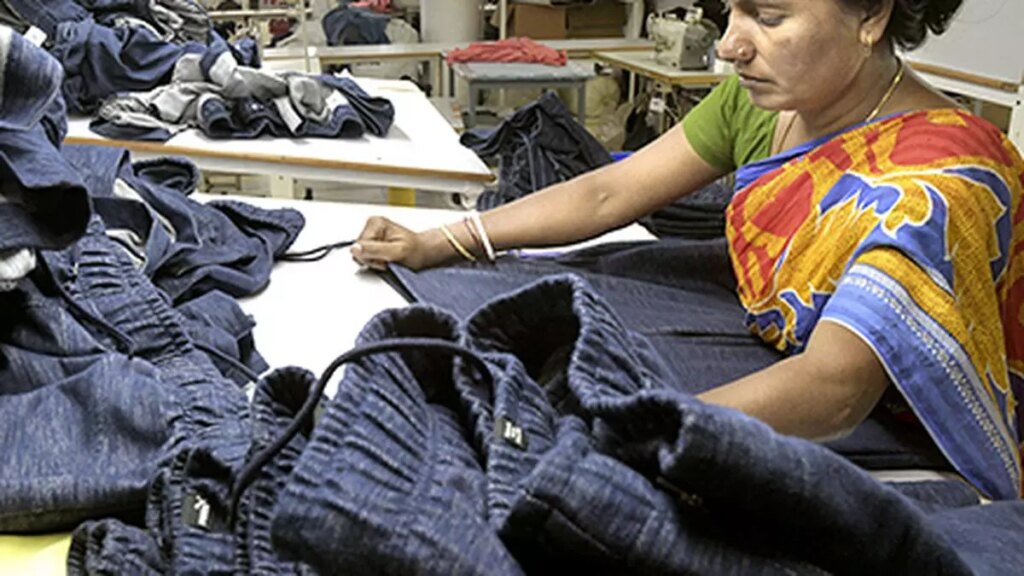Editorial. Labour pains – The Hindu BusinessLine

Has the strong economic growth post-Covid generated enough employment opportunities for the teeming youth? Data from the latest annual report of the Periodic Labour Force Survey for FY24 (July-June) throws up a mixed picture. PLFS is a more authoritative source of employment data than private surveys such as the CMIE’s because it covers a large sample of 4.18 lakh and takes stock of employment status over a year. Headline numbers from the survey paint a positive picture. Between FY19 and FY24, the Labour Force Participation Rate or LFPR (proportion of 15-plus population seeking work) climbed from 50.2 per cent to 60.1 per cent and the Worker Population Ratio (those actually working) matched it, rising from 47.3 per cent to 58.2 per cent. This suggests some expansion in job opportunities.
Women sought jobs in larger numbers, going by the female LFPR jumping from 24.5 per cent to 41.7 per cent in the five-year span. The proportion of working women also shot up much more than men, going from 23.3 per cent to 40.3 per cent, suggesting that 4 out of every 10 women are now working. Though a spike in female LFPR is traditionally associated with family distress in India, it is also possible that shrinking family sizes are freeing up women to seek employment. Despite the Covid setback, the overall unemployment rate has dipped from 5.8 per cent to 3.2 per cent. However, the break-down of the numbers reveals disquieting trends on the quality of jobs being created.
For one, workforce employed in agriculture which ought to be shrinking in a developing economy, has actually risen from 42.5 per cent in FY19 to 46.1 per cent in FY24. Both manufacturing and services now employ a smaller proportion of the workforce at 11.4 per cent and 29.7 per cent respectively compared to five years ago. Farm work is characterised by low pay and productivity compared to other sectors. Two, despite formalisation of enterprises post-GST and Covid, the informal sector employed as much as 73.2 per cent of the workforce in FY24 compared to 68.4 per cent in FY19. Three, the proportion of workforce employed in own-account enterprises (39 per cent in FY24) or worse, as unpaid help in family enterprises (19.4 per cent) continues to be too high. The percentage of workers in salaried jobs (21.7 per cent) and casual work (19.8 per cent) has dipped in the last five years. The problem of being recruited as unpaid helpers is more acute for women as over a third of them are consistently in this category, while less than a fifth of them hold salaried jobs.
Overall, the PLFS data suggest that India still has its task cut out in ensuring gainful employment for young people and women seeking jobs. Some of the definitions used also need review. Measuring LFPR and WPR for adults who are 18 years-plus instead of 15-plus, may help exclude those pursuing higher secondary education. Counting out all unpaid employment, which is an oxymoron really, will also make for more useful conclusions.








